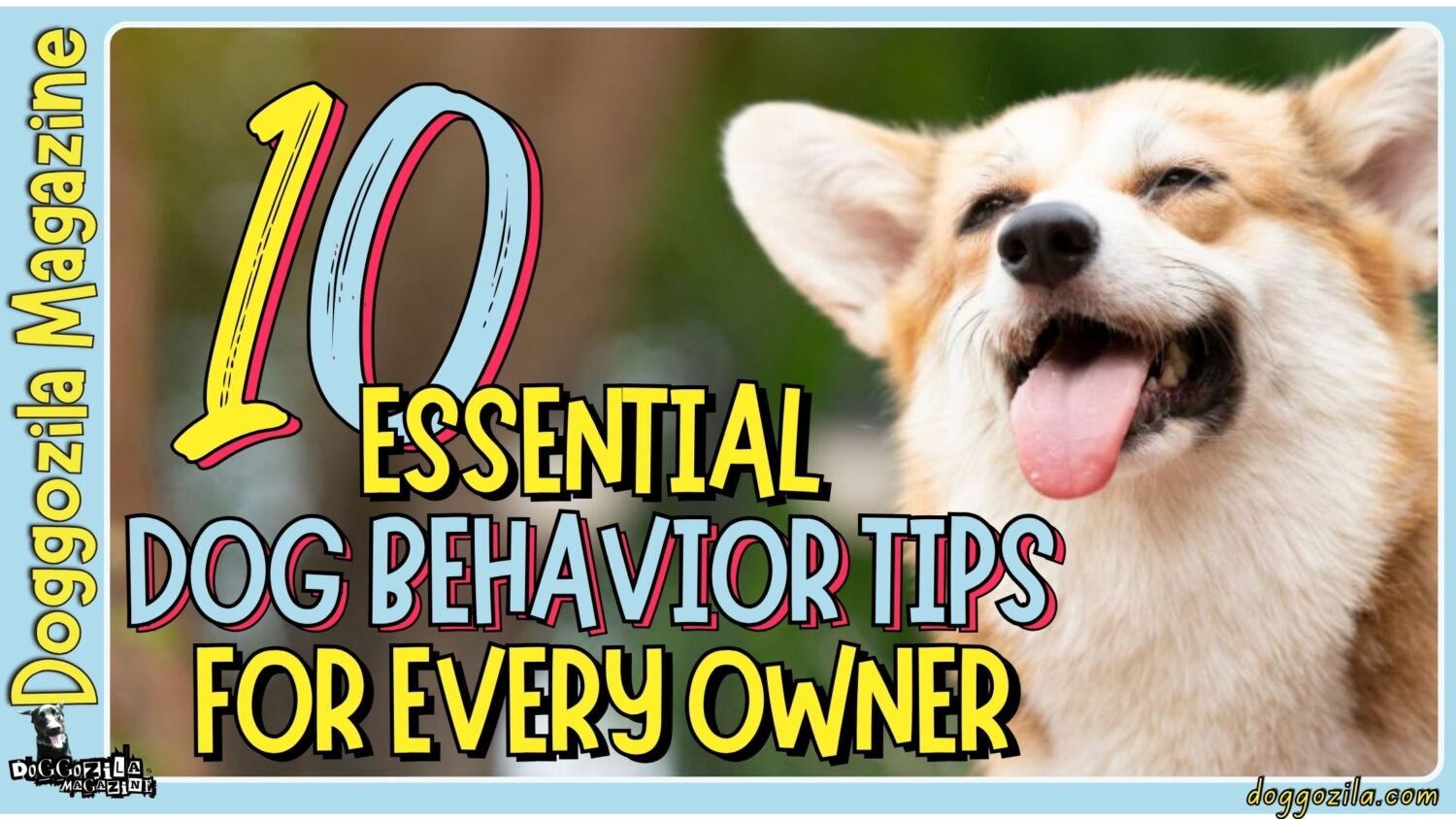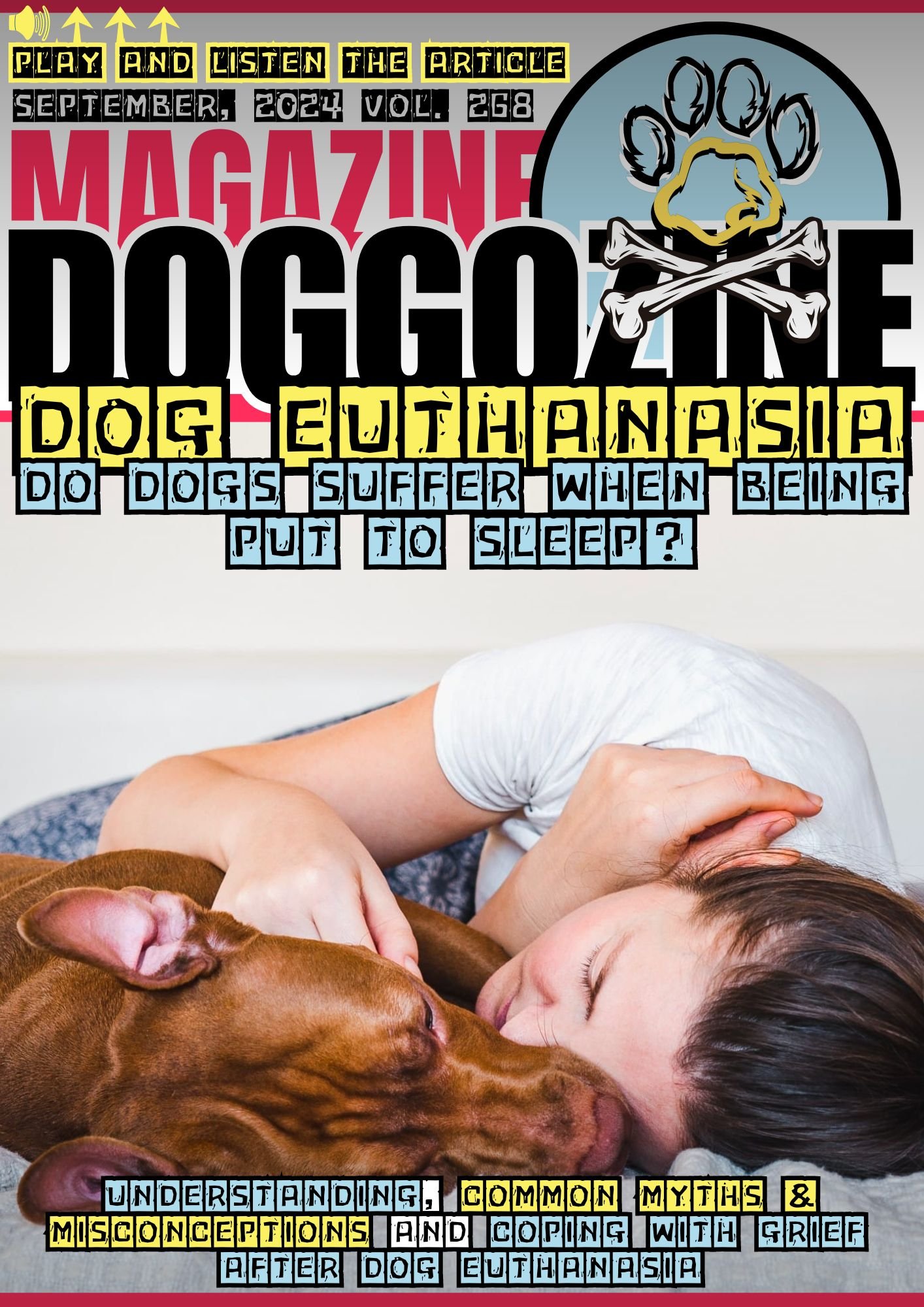
INTRODUCTION TO DOG EUTHANASIA
Dog euthanasia refers to the practice of intentionally ending a dog’s life to alleviate suffering. This procedure is typically performed in cases where a dog’s quality of life has significantly deteriorated due to severe illness, injury, or old age. Dog euthanasia is considered a humane option. The procedure is providing a compassionate solution for dogs experiencing unbearable pain or a poor quality of life.
Understanding Dog Euthanasia
The process begins with a thorough evaluation by a veterinarian who assesses the dog’s condition and discusses potential treatment options. If all avenues for recovery have been exhausted or deemed unlikable, dog euthanasia may be recommended. The procedure itself usually involves the administration of an anesthetic agent, either through injection or inhalation, leading to a quick and painless passing. This method is designed to ensure that the dog feels no distress during the process, allowing for a peaceful end.
The decision to proceed with dog euthanasia is often challenging for pet owners. Many factors contribute to this heart-wrenching choice. One is the ability of the dog to enjoy daily activities or the presence of chronic pain. The overall prognosis provided by the veterinarian should be the last step. In circumstances where a dog’s suffering outweighs the potential for recovery or improvement, euthanasia allows caregivers to act in the best interest of the dog’s welfare.
While some may question the morality of ending a dog’s life, euthanasia is recognized by many veterinary professionals as an act of compassion. It provides an opportunity to end suffering and offers the dog a peaceful transition. Understanding the humane rationale behind dog euthanasia is vital for pet owners who may face this difficult decision. This is to ensure that they are well-informed about the care and respect that underpin the practice.
🔑 Key Points: Dog euthanasia refers to the practice of intentionally ending a dog’s life to alleviate suffering. This method is designed to ensure that the dog feels no distress during the process, allowing for a peaceful end.
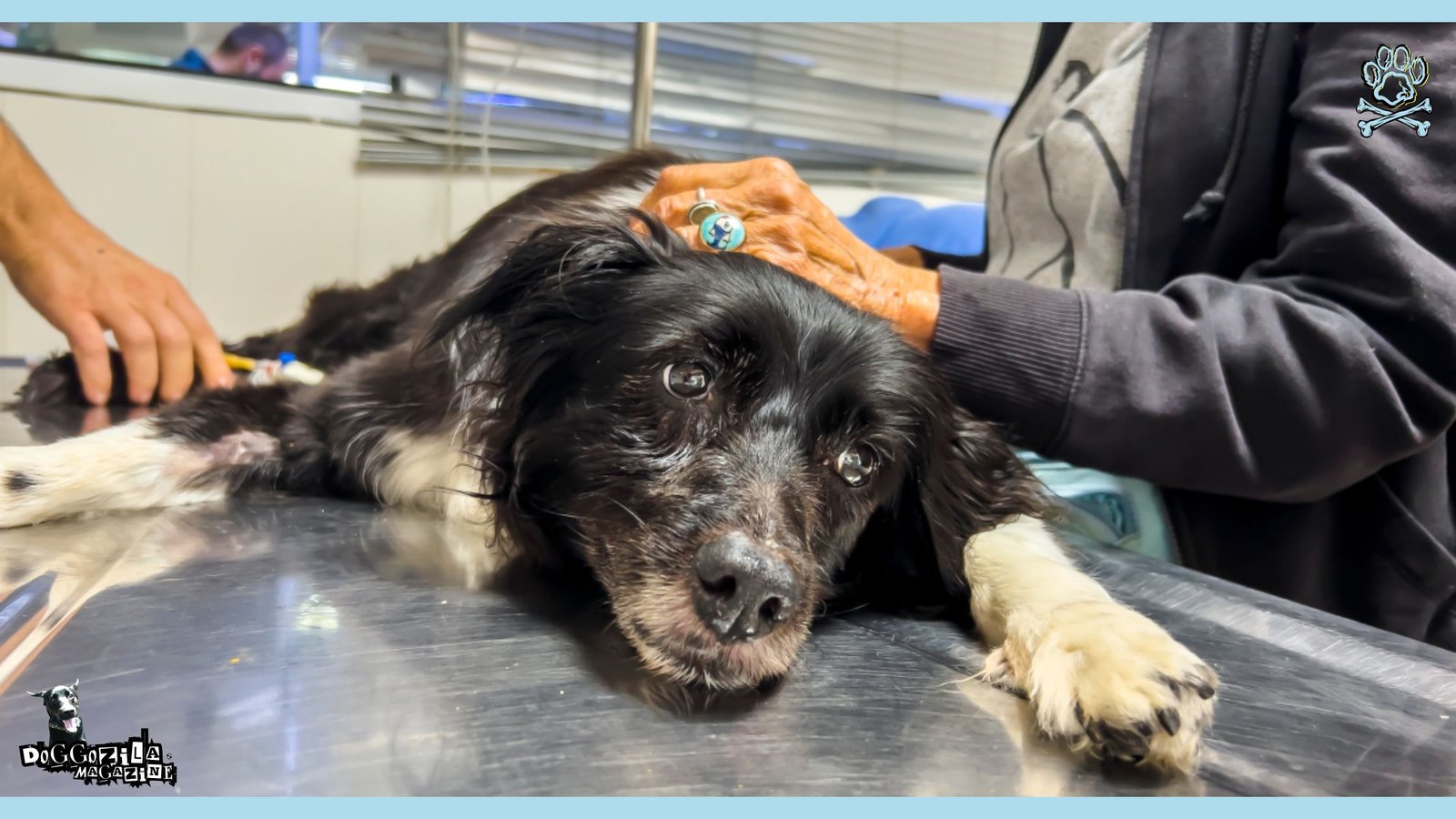
THE PROCESS OF DOG EUTHANASIA
Dog euthanasia is a compassionate procedure aimed at alleviating the suffering of dogs that are terminally ill or experiencing an irreparable decline in quality of life. The process is typically conducted in a calm and serene environment. Often in the veterinary clinic or in the comfort of the dog’s home. All to make the experience less stressful for both the dog and the owner.
Decision and Steps to Dog Euthanasia
The first step in the euthanasia process involves a thorough consultation between the veterinarian and the pet owner. During this meeting, the veterinarian will discuss the dog’s condition, explore the reasons for considering euthanasia, and ensure that the decision made is in the best interest of the dog. Understanding the medical situation helps to prepare the owners emotionally and mentally for the procedure.
Once the decision for euthanasia has been made, the veterinarian will prepare the dog for the procedure. The dog is usually first given a sedative, which helps calm it before the main euthanasia drug is administered. This sedative can take effect quickly, allowing the dog to relax and feel at ease. It also minimizes any potential anxiety that may arise during the procedure, facilitating a peaceful transition.
What is Dog Euthanasia?
The euthanasia itself typically involves the administration of an overdose of anesthetics, usually via an intravenous injection. The anesthetic is designed to ensure a painless and swift passing, effectively inducing sleep followed by the cessation of vital bodily functions. The veterinarian will monitor the dog closely throughout the procedure, ensuring that the process is as gentle as possible.
Owners are encouraged to be present during the procedure, providing reassurance to their dog as it drifts into a peaceful sleep. This shared moment can be a vital part of the grieving process for dog owners, allowing them to say their final goodbyes in a loving manner.
🔑 Key Points: The process is typically conducted in a calm and serene environment. The first step in the euthanasia process involves a thorough consultation between the veterinarian and the pet owner.

PHYSICAL AND EMOTIONAL IMPACT ON DOGS
The euthanasia process for dogs has been a topic of discussion among pet owners, veterinarians, and animal welfare advocates. Research indicates that understanding the physical and emotional impact on dogs during this procedure is crucial.
Dog Awareness About The Euthanasia Process
Studies demonstrate that dogs possess an acute awareness of their surroundings and can exhibit signs of distress when faced with the euthanasia process. This awareness often includes an understanding of the emotional states of their human companions, which can further influence their reactions. Considering the physical aspects, the use of tranquilizers and anesthetics plays an integral role in minimizing any pain or discomfort that might be experienced.
Veterinarians usually administer sedatives before the actual euthanasia solution, allowing dogs to enter a state of calm. These medications ensure that the dog is relaxed and unaware of the impending procedure, thereby reducing potential anxiety. In essence, the sedatives facilitate a peaceful transition, allowing for a gentle passage rather than a sudden, distressing event. Moreover, studies show that while reactions to the euthanasia process can vary, many dogs respond positively to the compassionate approach taken by veterinarians and caregivers.
Necessary Steps To Ensure A Painless Experience
Some research suggests that dogs may feel a sense of relief when experiencing euthanasia in a familiar environment, surrounded by their loved ones. This emotional aspect highlights the importance of choosing a veterinarian who prioritizes the welfare of the animal. Vet that takes the necessary steps to ensure a painless experience.
The emotional connection established during the process can significantly influence the dog’s sense of safety. Ultimately, contributing to a more serene experience. Understanding the physical and emotional impact on dogs during euthanasia is paramount for pet owners. By ensuring the proper use of tranquilizers and anesthetics, veterinarians aim to provide a humane and peaceful departure for our canine companions.
🔑 Key Points: Studies have showed that dogs possess an acute awareness of their surroundings and can exhibit signs of distress when faced with the euthanasia process. Some research suggests that dogs may feel a sense of relief when experiencing euthanasia in a familiar environment, surrounded by their loved ones.

VETERINARY PERSPECTIVE ON DOG EUTHANASIA
The decision to euthanize a dog is profoundly difficult and laden with emotional weight. From a veterinary standpoint, the core focus lies in ensuring the welfare of the animal. Veterinarians are specifically trained to evaluate the quality of life in pets, utilizing both medical knowledge and ethical principles to guide their recommendations.
Open Communication With Dog Owners
One primary aspect they assess is the presence of pain and suffering. This can manifest through various signs such as changes in behavior, appetite, and mobility. By observing these signs, veterinarians can gauge whether a dog is enduring more pain than what is manageable through palliative care.
Importantly, veterinarians emphasize the importance of open communication with pet owners throughout this process. This dialogue allows them to provide clarity on the dog’s condition, potential pain management options, and ultimately, the implications of choosing euthanasia.
Veterinarians often express that their primary goal is to prevent unnecessary suffering in pets. In some situations, euthanasia becomes the most humane option available. This approach mitigates prolonged distress, prioritizing the animal’s dignity even in its final moments.
Ethical Considerations about Dog Euthanasia
Furthermore, ethical considerations weigh heavily in the decision-making process. Veterinarians are adhering to a code of ethics designed to safeguard animal welfare. The decision for euthanasia is not taken lightly, often accompanied by a comprehensive evaluation of the dog’s health and prognosis.
After careful consideration, many veterinarians find that although the act of euthanasia is heart-wrenching, it can ultimately be an act of compassion. This is only when all other avenues have been exhausted. Understanding these professional insights into dog euthanasia helps pet owners navigate their choices with greater awareness, compassion, and confidence in the veterinary guidance they receive.
🔑 Key Points: From a veterinary standpoint, the core focus lies in ensuring the welfare of the animal. Their primary aspect is to assess if is there presence of pain and suffering. Vets want to avoid any prolonged distress, prioritizing the animal’s dignity even in its final moments.
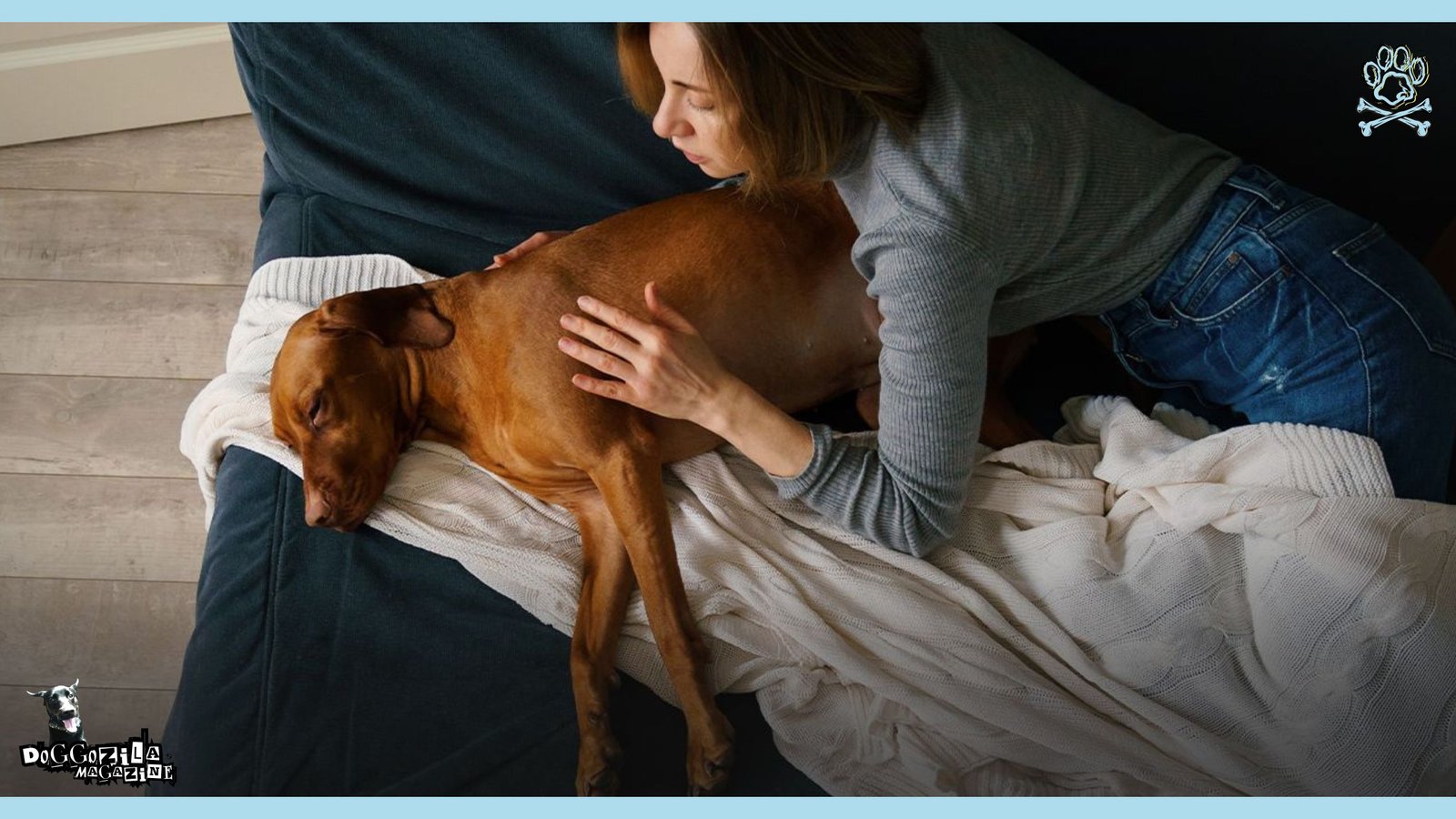
COMMON MYTHS AND MISCONCEPTIONS ABOUT DOG EUTHANASIA
There are numerous myths surrounding the topic of dog euthanasia that can lead to significant misunderstandings among pet owners.
Dogs Don’t Feel Pain During The Process
One prevalent myth is that dogs experience significant pain during the euthanasia process. In reality, veterinarians administer a sedative prior to the euthanasia solution, which can help calm the pet and eliminate any anxiety. This prepares the dog for the final procedure, ensuring a peaceful and pain-free passing. It is essential for pet owners to understand that the aim of euthanasia is to provide a humane and compassionate end to suffering due to terminal illnesses or severe pain.
Dogs Don’t Feel Abounded Or Confused During The Process
Another misconception is that dogs may feel abandoned or confused when euthanized. While it is natural for pet owners to be concerned about their dog’s emotional state, studies indicate that most dogs do not experience the same thought processes as humans. They are not likely to comprehend their situation or feel fear in the same way. Instead, with the support of their owners and veterinary staff, dogs can remain calm and comforted during the procedure. The familiar presence of their owner can provide a reassuring environment that may ease their transition.
The Dog Can’t Wake Up After The Process Of Euthanasia Is Administered
Additionally, some individuals believe that euthanasia is similar to putting a dog to sleep in a conventional manner. This can lead to the false assumption that dogs could wake up afterward. However, this is a serious medical procedure involving a lethal injection, terminating the dog’s consciousness almost instantaneously. It is crucial to dispel the notion that it is akin to a simple nap.
Understanding the facts about dog euthanasia can provide pet owners with clarity. It can help them make informed decisions while prioritizing the well-being of their beloved companions. Ultimately, acknowledging the realities of this sensitive topic may allow for a more compassionate approach during difficult times.
🔑 Key Points: The aim of euthanasia is to provide a humane and compassionate end to suffering due to terminal illnesses or severe pain. The familiar presence of their owner can provide a reassuring environment that may ease their transition. The process of euthanasia is final and dogs can’t wake up after administrating the solution.
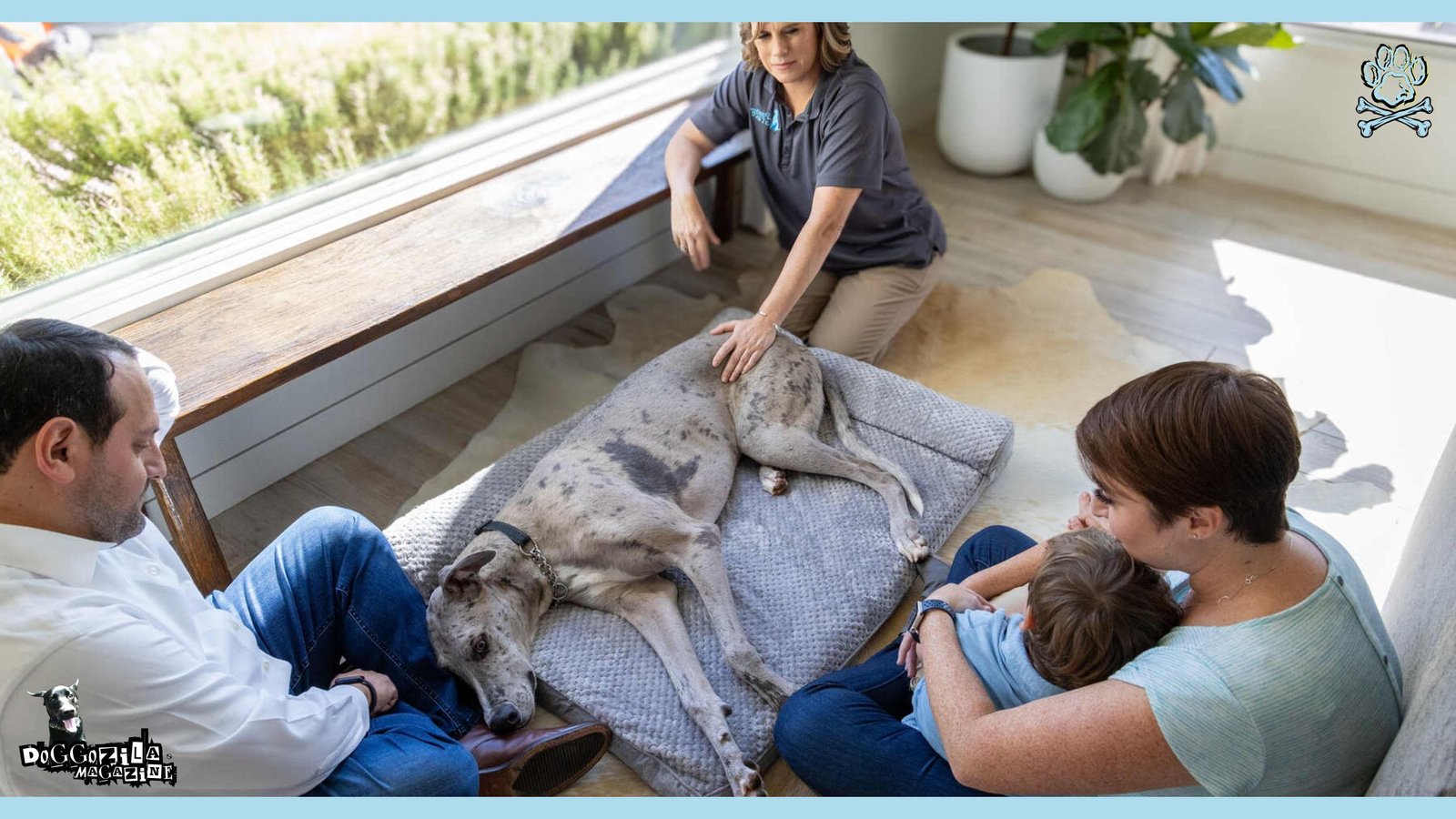
SUPPORTING YOUR DOG IN THEIR FINAL MOMENTS
The decision to euthanize a beloved pet is never easy. Often brings a significant emotional burden for pet owners. Understanding how to support your dog during their final moments can ease some of this pain. A key element in this process is emotional preparation.
Be Present And Recall The Happy Moments Together
Being mentally and emotionally prepared for the moments leading up to euthanasia is important. That allows the owner to provide a comforting presence rather than a tense atmosphere. It is helpful to reflect on the happy memories shared with your dog. They can foster a sense of peace both for the owner and the pet.
Being present during the euthanasia process is paramount for many pet owners. Dogs have an acute ability to sense their owner’s emotions. They know that their beloved human is by their side can provide immense comfort. Holding your dog or speaking softly to them can help create an environment of reassurance.
Consider In-Home Dog Euthanasia
This presence can also act as a transitional comfort. This will ensure that your dog does not feel alone or abandoned during their final moments. Furthermore, ensuring a peaceful environment can significantly impact the experience from the euthanasia of your dog. Many veterinary clinics offer to perform the procedure in a room designed to be as calming as possible. That’s why their rooms are with soft lighting and comfortable bedding.
If preferable, consider in-home euthanasia, which can allow your dog to remain in a familiar setting, reducing anxiety. Surrounding them with familiar smells, blankets, or toys can also help create a serene environment. Try to create a respectful and comforting atmosphere that honors the bond you have shared throughout your dog’s life.
🔑 Key Points: Understanding how to support your dog during their final moments can ease some of this pain. Being present during the euthanasia process is paramount for many pet owners. If preferable, consider in-home euthanasia, which can allow your dog to remain in a familiar setting, reducing anxiety.

COPING WITH GRIEF AFTER DOG EUTHANASIA
Experiencing the death of a beloved dog, especially through euthanasia, can be an emotionally devastating event. Grieving the loss of a dog is a natural process. It is essential to allow oneself to feel and express this grief. The first step in managing this difficult emotion is to acknowledge the pain. Understanding that grieving is a personal journey can help in processing the loss.
Seek Support From Family and Friends
Every individual copes differently, and it is important to honor your unique feelings. Seek support from friends, family, or a support group. Find place where you can share your experiences with others who understand the profound bond between humans and dogs.
One effective way to cope with grief is to create a memory box or scrapbook dedicated to your dog. Collect photographs, mementos, and favorite toys that remind you of the joyful times spent together. This tangible tribute can serve as a comforting reminder of your dog’s impact on your life.
Honor The Life Of Your Dogs And The Moments Spent With Them
Engaging in activities that honor their memory, such as planting a tree or donating to an animal charity in your dog’s name, can provide a sense of purpose during this difficult time. Additionally, consider reaching out to pet loss hotlines or professional grief counselors who specialize in pet bereavement. Many veterinary clinics also offer resources and recommendations for support groups.
These connections can provide validation and understanding. Will help you navigate the complex emotions that accompany the loss of a cherished pet. It is essential to give yourself grace and time during this journey—grief is not linear and may resurface unexpectedly. By acknowledging your pain while actively seeking ways to remember your dog, you can pave the way toward healing and peace.
Your dogs will be alive even after they pass on, until the memory of them lives, they will be still in your life!

Appreciate your dogs as in life, same in their death!

